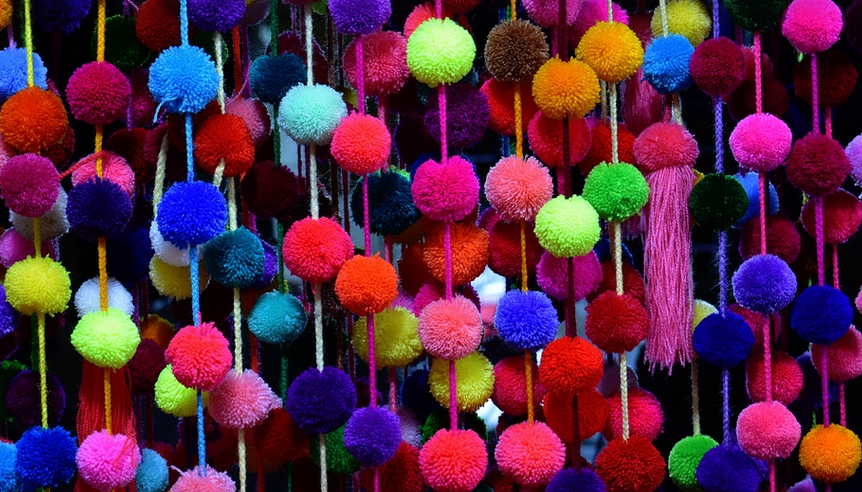
Forecasting the Future: Are We Stuck in a Web of Numbers or Enchanted by Mysticism?
It’s the age-old question that has been debated for centuries: Can we predict the future, or is it all just pure magic? As humans, we crave certainty and control over our circumstances. We look to reliable sources, established methods, and perhaps even a touch of wishful thinking to navigate this complex world. But what happens when those traditional frameworks start to crack under pressure?
On one side of the spectrum, we have the “nets” – a group of tools and techniques that seek to quantify and predict future events based on past data, historical trends, and mathematical models. These are the folks who rely on algorithms, probability, and statistical analysis to make sense of chaos. For them, it’s all about numbers, charts, and data visualization. They believe in cold, hard logic as their guide.
The “magic” side of things consists of those who embrace the intangible elements – intuition, instinct, the feeling of something deeper at play. For them, predicting the future often feels like a kind of artistry, where the human spirit plays a crucial role. They believe that there’s a certain intuitive touch needed to make connections and see patterns that others might miss. This side holds onto the power of symbols, metaphors, and whispers of luck.
The question is: are these two approaches mutually exclusive? Can we find a middle ground where logic meets intuition? The answer lies in understanding how each approach can complement the other – a dance between reason and instinct.
Let’s start with the “nets” approach. They thrive on data, but their success depends on accurate data collection and robust modeling. To be truly effective, they need a large pool of historical information to predict future events accurately. Think of it as weather forecasting: we rely on historical rainfall patterns, atmospheric pressure readings, and temperature trends to predict the coming storm. This approach may lead to some predictability but cannot account for unforeseen circumstances like volcanic eruptions or unexpected political shifts.
On the other side, the “magic” approach thrives on a deeper kind of understanding – an intuition that goes beyond rigid logic. It’s about understanding not just what has happened but also why it happened. Think of it as a detective investigating a mystery: exploring every clue and every possible scenario to arrive at a solution. This approach can be powerful in predicting the unexpected, especially when faced with chaotic events or sudden shifts in global dynamics.
While these two approaches clash sometimes, each has its strengths. “Nets” are excellent at analyzing trends, identifying patterns, and building reliable forecasts. They excel at quantifying uncertainty and mitigating risks. On the other hand, “magic” excels at seeing beyond the obvious, understanding intuition, and recognizing the unpredictable elements of life.
The real question is: can these two approaches actually work together? Can we fuse logic with instinct to create a more comprehensive approach to forecasting the future? The answer lies in embracing the power of both. It’s not about choosing one over the other, but about understanding when each approach shines and how they can complement each other.
For example, imagine using data analysis to understand historical trends for political elections, and then incorporating a touch of intuitive insight into predicting specific candidate outcomes. This combination could lead to a more nuanced and comprehensive prediction of election results. The “net” helps with the quantitative part, while the “magic” approach gives us a deeper understanding of how people actually vote.
The beauty of combining these approaches lies in realizing that there’s rarely only one correct answer. As we navigate the complexities of our world, it’s crucial to embrace diverse perspectives and methods. The future is always fluid, and our ability to adapt, combine, and learn from both logic and intuition will be key to navigating a world of constant change.
In conclusion, the debate between nets and magic is not about which approach is “better”. Instead, it’s about finding the right balance. This means acknowledging that we are limited by our own human understanding, but also celebrating the boundless possibilities of intuition and creativity. By embracing both logic and instinct, we can strive to build a future that is not just predicted, but truly lived.
It is this fascinating dance between reason and feeling that ultimately holds the key to unlocking a brighter tomorrow.





